Empower local govts to reduce growth disparity
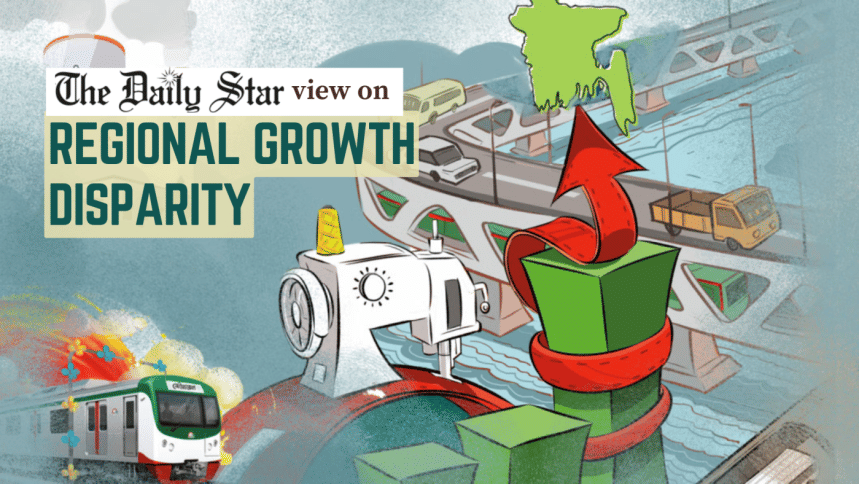
The World Bank's (WB) latest Bangladesh Development Update offers both a promising and cautionary picture of the country's growth trajectory. The report identifies a "trident-shaped" growth corridor, stretching across Dhaka, Chattogram and Rangpur, which captures how Bangladesh's industrial and job growth has become increasingly concentrated along a few economic poles, highlighting a polarised growth trend where certain urban centres are thriving and others remain left behind. The spatial concentration of industry has thus intensified regional disparities. This uneven progress, if unaddressed, risks straining existing infrastructure and constraining inclusive economic progress.
The WB study attributes the growth pattern to market-driven "bottom-up" forces, which often outpaced planning and infrastructure support. While this unregulated expansion enabled rapid absorption of labour and investment, it has also created congestion and pressure in Dhaka and Chattogram, pushing industrial development to suburban and peri-urban areas with fewer services. Municipalities like Madhabdi-Narsingdi, Brahmanbaria, and Noakhali have seen notable industrial spillovers, yet their growth remains uneven. Meanwhile, Export Processing Zones (EPZs), such as Mongla in Bagerhat and Uttara in Nilphamari, struggle to attract investors despite incentives, reflecting a misalignment between policy focus and actual economic activity. The WB identifies this as a major "policy blind spot," meaning urban development policies have not evolved in tandem with actual growth patterns.
This geographic disparity is mirrored in social outcomes. According to WB, labour force participation has fallen from 60.9 percent to 58.9 percent, with women disproportionately affected, and poverty has risen between 2023 and 2024. The WB cautions that sustained growth alone will not ensure inclusive prosperity unless it is paired with spatially-aware planning, infrastructure development, and targeted investment in emerging regional centres. Strengthening local governance and enhancing the fiscal and technical capacities of municipalities are critical for enabling efficient, decentralised development.
Bangladesh's projected GDP growth of 4.8 percent in FY26, rising to 6.3 percent in FY27, reflects a positive trajectory, but the opportunity to convert growth into inclusive development is time-sensitive. Empowering secondary cities to host manufacturing and service hubs, improving transport connectivity, and fostering cluster economies can relieve congestion in core urban areas while reducing the east-west divide in industrialisation. Bold spatial strategies, fiscal discipline, and investment in human capital are essential to ensure inclusive job growth across regions, particularly for youth and women seeking formal employment. Without such reforms, long-term economic resilience could be undermined.

 For all latest news, follow The Daily Star's Google News channel.
For all latest news, follow The Daily Star's Google News channel. 


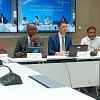

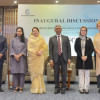
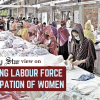
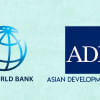

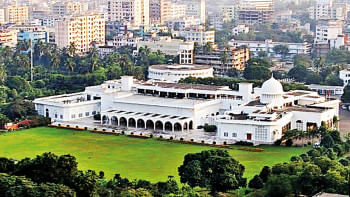
Comments